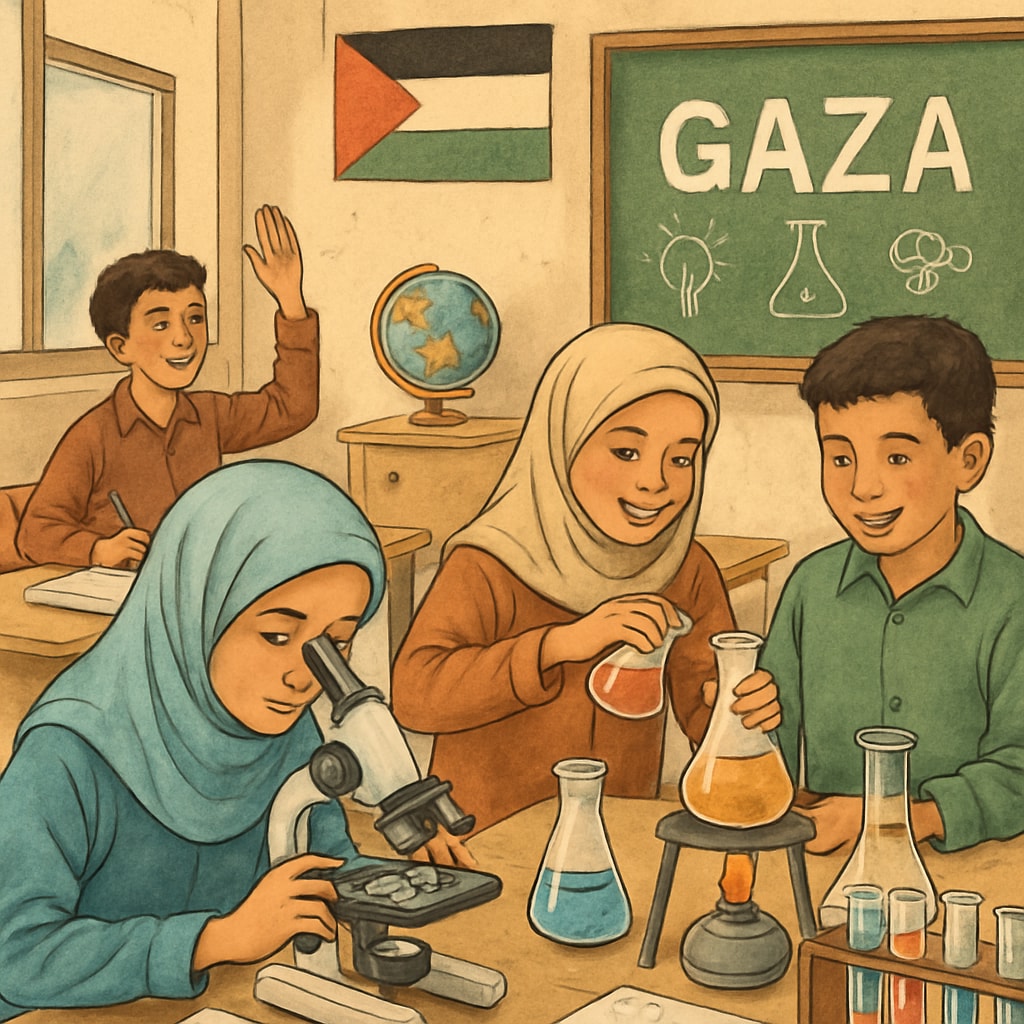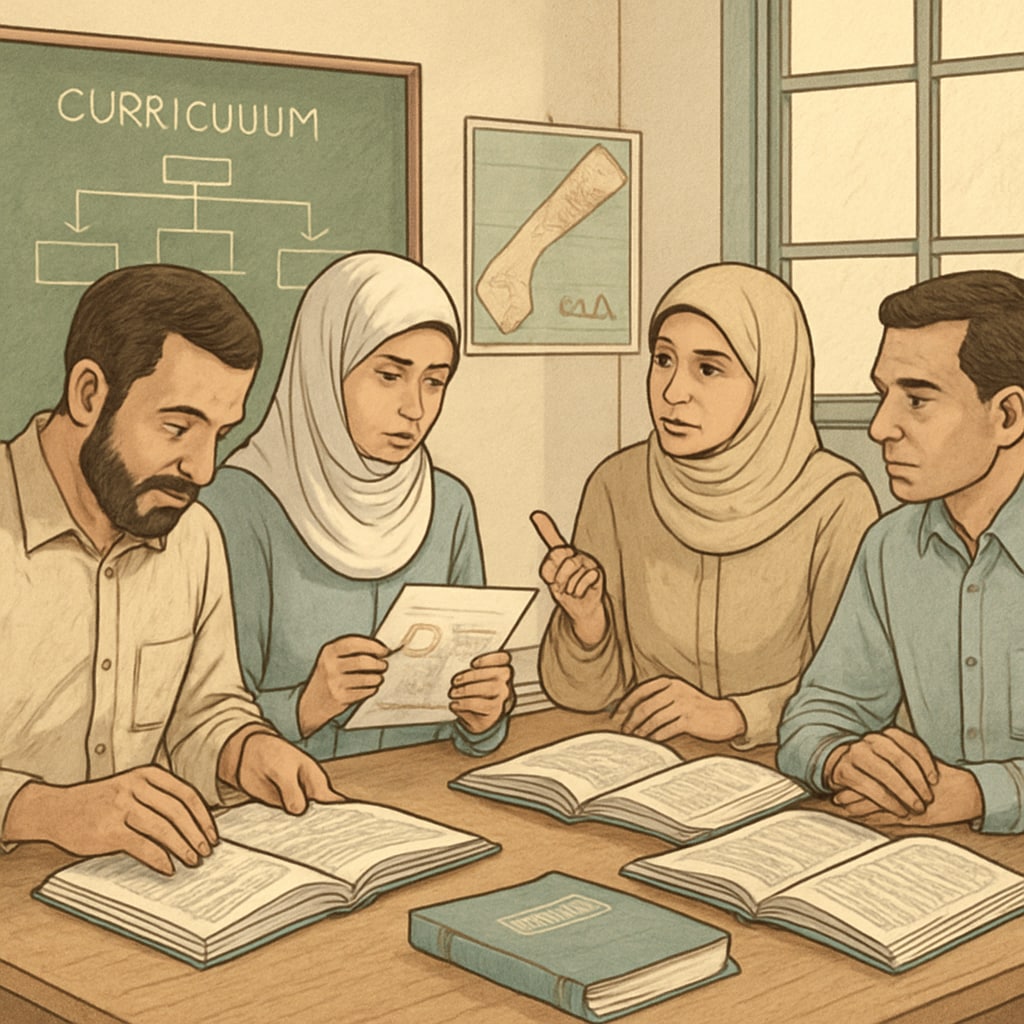The development of science and social studies teaching curricula for Gaza public schools is not just an educational effort—it’s a mission to rebuild hope and peace. In the wake of years of conflict, the region’s educational system faces unique challenges, including limited resources, cultural sensitivities, and the need to foster scientific thinking and social harmony. This article delves into the key considerations for designing curricula that respect local culture while promoting global perspectives and peace-building values.
Understanding the Educational Needs of Gaza Schools
Gaza schools operate in an environment shaped by deep social and political challenges. Teachers and students often contend with limited access to materials, overcrowded classrooms, and the psychological impacts of conflict. A robust and well-structured curriculum in science and social studies can serve as a foundation for empowering students with critical thinking skills and fostering an understanding of their shared humanity.
For example, a science curriculum should aim to nurture curiosity and problem-solving abilities, while incorporating topics like environmental sustainability and health sciences. Social studies, on the other hand, can focus on cultural history, geography, and social responsibility to create a sense of interconnectedness and community.

Key Principles for Curriculum Development in a Post-Conflict Setting
Developing curricula for Gaza schools requires careful attention to the following principles:
- Cultural Sensitivity: The curriculum must honor local traditions while introducing global concepts that encourage inclusivity and understanding.
- Peacebuilding: Lessons should emphasize conflict resolution, empathy, and collaboration to help cultivate a more harmonious future.
- Accessibility: Considering resource constraints, materials should be designed to be adaptable and affordable for widespread use.
- Scientific Inquiry: The science curriculum should inspire curiosity and innovation, enabling students to think critically and creatively.
These principles ensure that the curricula not only meet educational standards but also address the unique needs of the region.
Overcoming Challenges in Curriculum Implementation
While the vision for a transformative curriculum is inspiring, practical challenges remain. For instance, teacher training is essential to help educators effectively deliver new content. Additionally, digital resources can play a crucial role in overcoming the lack of physical teaching materials. Global organizations and educational institutions could collaborate to provide virtual learning platforms and open-access materials tailored to Gaza’s needs.
Moreover, community involvement is key. Parents, local leaders, and students should participate in the curriculum development process to ensure its relevance and acceptance.

Looking Ahead: A Vision for Empowered Education
By investing in science and social studies curricula, Gaza schools can foster a generation of learners equipped to contribute meaningfully to both their local community and the broader world. Education is not merely about academic achievement; it is a pathway to resilience, innovation, and peace. The collaboration between international educational experts and local stakeholders will be critical in realizing this vision.
As we look to the future, it is essential to remember that every effort toward educational improvement in Gaza is an investment in hope—a hope for a brighter, more peaceful tomorrow.
Readability guidance: The article uses short paragraphs, bullet points for clarity, and transitions like “for example” and “moreover” to enhance flow. Active voice is prioritized to engage readers, while cultural sensitivity is maintained throughout.


